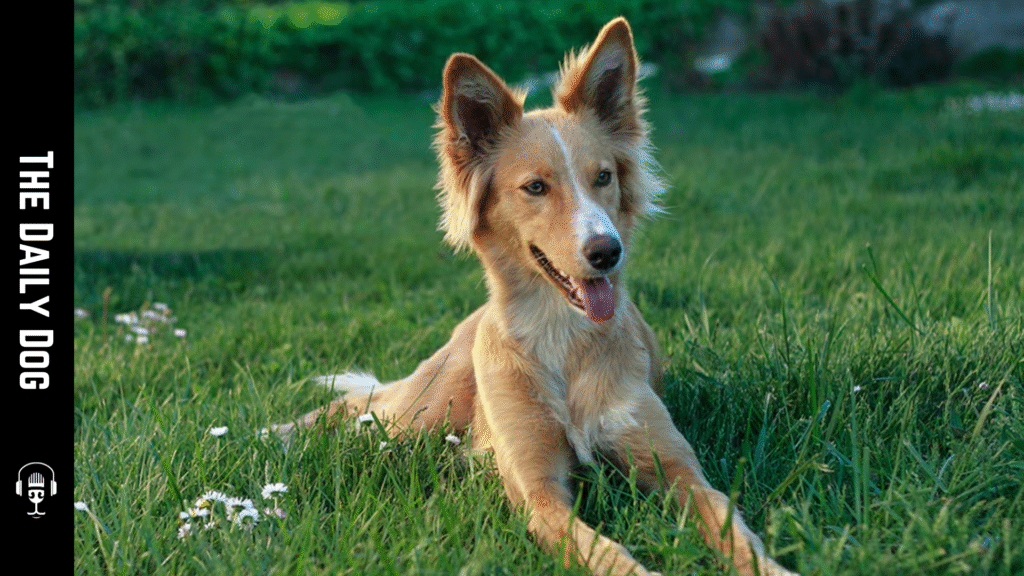The Portuguese Podengo Pequeno (PPP) is a pint-sized Portuguese sighthound with a bold personality and a timeless charm. Despite its small stature, this breed carries an unmistakable presence, combining agility, intelligence, and a confident disposition that makes it a standout choice for families and individuals who value a lively, engaging dog. Understanding the PPP’s heritage, temperament, care needs, and training considerations is essential for prospective owners who seek a loyal, adaptable, and low-maintenance canine companion.
Heritage and Genetic Background
Originating in Portugal, the Portuguese Podengo Pequeno belongs to a trio of Podengo breeds that were developed to hunt small game and vermin. The Pequeno, meaning “small,” is the bantam-sized member of the family, typically weighing between 8 and 12 pounds and standing around 9 to 12 inches tall at the shoulder. Its ancestors were bred to be swift, alert, and resourceful, capable of navigating varied terrain and working alongside hunters. The PPP’s coat types come in smooth, wirehaired, and miniature rough varieties, each with distinct textures yet sharing the breed’s signature alert expression and keen, independent nature.
Temperament: A Bold, Independent Spirit
The PPP is renowned for its lively temperament and independent streak. These dogs are curious, courageous, and quick to assess their surroundings. They display a strong prey drive and a preference for being engaged in activities that challenge both mind and body. Despite their sometimes aloof exterior, Portuguese Podengo Pequenos form deep bonds with their families and revel in interactive play, structured training sessions, and consistent companionship. They are often described as spirited watchdogs, alert to unfamiliar sounds and movements, yet they typically exhibit a friendly, affectionate demeanor toward familiar people and children when properly socialized.
One of the PPP’s most notable traits is its adaptability. The breed thrives in homes that provide mental stimulation, regular exercise, and opportunities for independent exploration. While they can be reserved with strangers, well-socialized PPPs frequently display a balanced, confident approach, blending curiosity with courtesy. Prospective owners should be prepared for the breed’s occasional stubbornness and a need for clear limits, fair boundaries, and positive reinforcement-based training. A well-matched PPP can become a loyal, entertaining, and dutiful companion.
Care and Maintenance
Grooming needs for the Portuguese Podengo Pequeno are generally straightforward, with variations based on coat type. Smooth-coated PPPs require regular brushing to minimize shedding and maintain coat luster, while wirehaired and rough-coated varieties benefit from more frequent grooming to prevent matting and remove debris from their dense fur. Regardless of coat, routine ear care, dental hygiene, nail trimming, and periodic brushing are essential for overall health and comfort.
Exercise is a cornerstone of PPP care. This breed thrives on daily physical activity, including brisk walks, interactive games, and short bursts of faster-paced play. The PPP’s athleticism is supported by a healthy, lean build, so maintaining an appropriate diet and portion control helps prevent weight gain, which can place added stress on joints. Mental engagement is equally important; owners should incorporate puzzle toys, scent games, and training sessions that challenge problem-solving abilities and encourage obedient, attentive behavior.
Training and Socialization: A Factor in Longevity of Bond
Positive reinforcement training is especially effective with the Portuguese Podengo Pequeno. The breed responds well to reward-based methods, including praise, treats, and play breaks. Consistency is crucial, as PPPs can exhibit independent thinking and occasional stubbornness. Early socialization is vital to help the dog navigate diverse environments, people, and other animals calmly. Exposing the PPP to a range of experiences, car rides, visits to the park, meeting different ages of children, and encountering other dogs, reduces the likelihood of anxiety-driven behaviors and fosters a well-rounded temperament.
Given their hunting lineage and keen instincts, owners should establish clear boundaries and boundaries that are reinforced through ongoing training. A PPP that understands its role within the family, coupled with regular mental and physical activity, tends to be more cooperative, confident, and less prone to unwanted behaviors stemming from boredom or frustration. Training sessions should be concise, frequent, and enjoyable, capitalizing on the breed’s desire to please when engaged properly.
Living with a Portuguese Podengo Pequeno
The PPP’s compact size makes it a versatile choice for urban living, rural homes, and everything in between, provided the environment supports its energy and curiosity. Apartment dwellers should ensure daily activity through multiple walks and stimulating play sessions, while homes with yards can benefit from safe, supervised outdoor exploration. Regardless of setting, the dog’s mental and physical needs must be met consistently to maintain balance and happiness.
Because the PPP is inherently alert and occasionally reserved with strangers, early socialization is particularly important in apartment complexes, parks, and other shared spaces. A well-socialized PPP is less likely to exhibit excessive barking or protective rigidity. Family dynamics also influence the dog’s behavior; children and pets living in the same home should be introduced gradually and supervised to establish harmony and mutual respect.
Health Considerations and Longevity
The Portuguese Podengo Pequeno is generally a healthy breed with a reputation for sturdy endurance. Like all dogs, PPPs can be predisposed to certain age-related issues, and responsible breeders screen for hereditary conditions to reduce risk. Potential concerns may include dental problems, patellar luxation, and, in some lines, eye issues; however, the breed’s overall health is typically strong when paired with a balanced diet, routine veterinary care, and ample physical activity.
A well-cared-for PPP often enjoys a robust lifespan, commonly reaching into the teens. Regular veterinary checkups, up-to-date vaccinations, parasite prevention, and dental care contribute to long-term well-being. Prospective owners should seek out reputable breeders who prioritize health testing and temperament, as responsible breeding practices play a significant role in a dog’s vitality and behavior.
Choosing the Right Environment for a PPP
The Portuguese Podengo Pequeno thrives when matched with an owner who appreciates its blend of independence and affection. This breed excels with active households that can provide structured play, mental challenges, and ample outdoor time. A PPP is not ideally suited for owners seeking a low-energy, passive companion; instead, it rewards those who invest time in daily exercise, training, and social experiences. A well-rounded PPP will be responsive, affectionate, and entertaining, often becoming a charming centerpiece within the family.
A Distinctive, Enduring Addition
The Portuguese Podengo Pequeno embodies a dynamic mix of athleticism, intelligence, and heart. Its small frame belies a courageous, inquisitive nature that invites ongoing exploration and companionship. For the right owners—those who value consistency, enrichment, and a partnership built on trust—the PPP offers a rewarding, affectionate, and engaging canine relationship. By prioritizing socialization, regular exercise, and positive training, enthusiasts can cultivate a bond that stands the test of time.
If you’re considering adding a Portuguese Podengo Pequeno to your home, reflect on your daily routine, living situation, and long-term commitments. A PPP will thrive when provided with a stimulating environment, clear boundaries, and a shared sense of purpose in daily activities. With the right approach, this breed becomes not only a pet but a devoted and entertaining member of the family, ready to accompany you on adventures both near and far.









